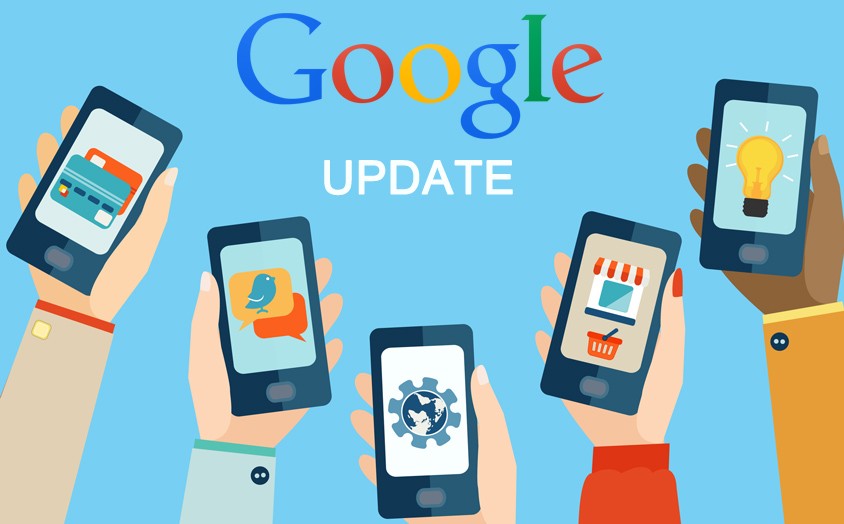In the fast-paced world of running an SME, it’s almost second nature to keep an eye on what your competitors are doing. Whether you run a café in Quezon City or a boutique in BGC, it’s tempting to think: “If it’s working for them, maybe it will work for me.”
Sometimes this works out. But other times, blindly copying a business strategy can backfire — costing you time, money, and customers.
Let’s break down why SMEs in the Philippines often look to competitors, the risks of following in their footsteps without a plan, and how you can turn competitor insights into strategies that are uniquely yours.
Why SMEs Look to Competitors — and the Hidden Risks
Many SMEs in the Philippines are operating on tight margins. With limited resources and a competitive market, it’s easy to see why watching competitors feels like a shortcut. If the café down the road starts offering a loyalty program and their foot traffic spikes, you might feel pressured to roll out one immediately.
But here’s the problem — not every business plan or strategy is built to fit your operations.
For example, imagine a small family-run restaurant with a lean team of three. They see a large chain café running a complex points-based loyalty program with an app, tiered memberships, and weekly email campaigns. The family-run restaurant decides to copy it. But without the same manpower, marketing budget, or integrated tools, the program becomes a burden. Staff spend more time manually entering customer details than serving tables.
In the end, the system slows service, frustrates customers, and costs more than it brings in.
This happens in retail too. A clothing boutique might notice a competitor offering same-day delivery and try to match it. But without optimizing inventory tracking or integrating a reliable POS system, orders get delayed or stock gets oversold. The result? Negative reviews and reduced trust.
The real risk is both financial AND operational. If a strategy doesn’t match your team’s capacity, customer base, and technology, it can disrupt your core business.
How to Analyze Competitors Without Copying

Instead of mirroring what your competitors do, focus on competitor analysis. This means understanding why their strategy works for them and how it can be adapted to fit your business.
Here’s how you can do this effectively:
- Look at strengths and weaknesses: is your competitor attracting customers through high-value discounts? Maybe they can afford it because of high volume sales. For a smaller SME, you could adapt this into a more sustainable strategy, like cashback rewards or exclusive members-only perks.
- Identify gaps they’re not addressing: a competitor might have a strong dine-in experience but no online ordering option. If you spot this gap, you could introduce QR Order & Pay or delivery through Beep to capture customers they’re missing.
- Use your own data, not assumptions: if you’re running a modern POS system, you already have access to valuable insights like best-selling products, peak hours, and repeat customer rates. This data can reveal opportunities without relying solely on competitor behavior. For example, if your data shows that 60% of your coffee sales are between 8am–10am, you could create a targeted morning promotion instead of copying an all-day offer from a rival café.
Turning Insights Into Your Own Winning Strategy
Once you’ve gathered competitor insights, the goal is to adapt them into a strategy that works for your market, team size, and brand personality.
If a competitor’s loyalty program is driving repeat visits, for instance, ask yourself: can I simplify it to reduce staff workload? Can I integrate it into my POS system to automate data collection and redemptions? Can I offer rewards that align with my brand — like free pastries for cafés or exclusive preview sales for boutiques?
This is where technology can make the difference. StoreHub’s POS system, for example, allows you to capture customer data automatically during every transaction — whether it’s dine-in, takeaway, or online. You can run automated SMS campaigns to remind customers of rewards or promote new products, and view real-time reports to see which promotions are actually profitable.
Final Thoughts

Watching competitors can be useful — but only if you take the time to analyze why their strategies work and whether they fit your own business model.
Blindly copying another SME’s business plan or business strategy can lead to wasted resources, operational headaches, and unhappy customers.
The smarter approach? Use competitor analysis to gather insights, then create a strategy that’s uniquely yours. With the right tools — like an integrated POS system — you can execute those strategies efficiently, track results in real time, and adapt quickly when the market changes.
At the end of the day, your competitors can inspire you — but it’s your ability to tailor and implement the right strategies for your business that will set you apart.





Recent Comments